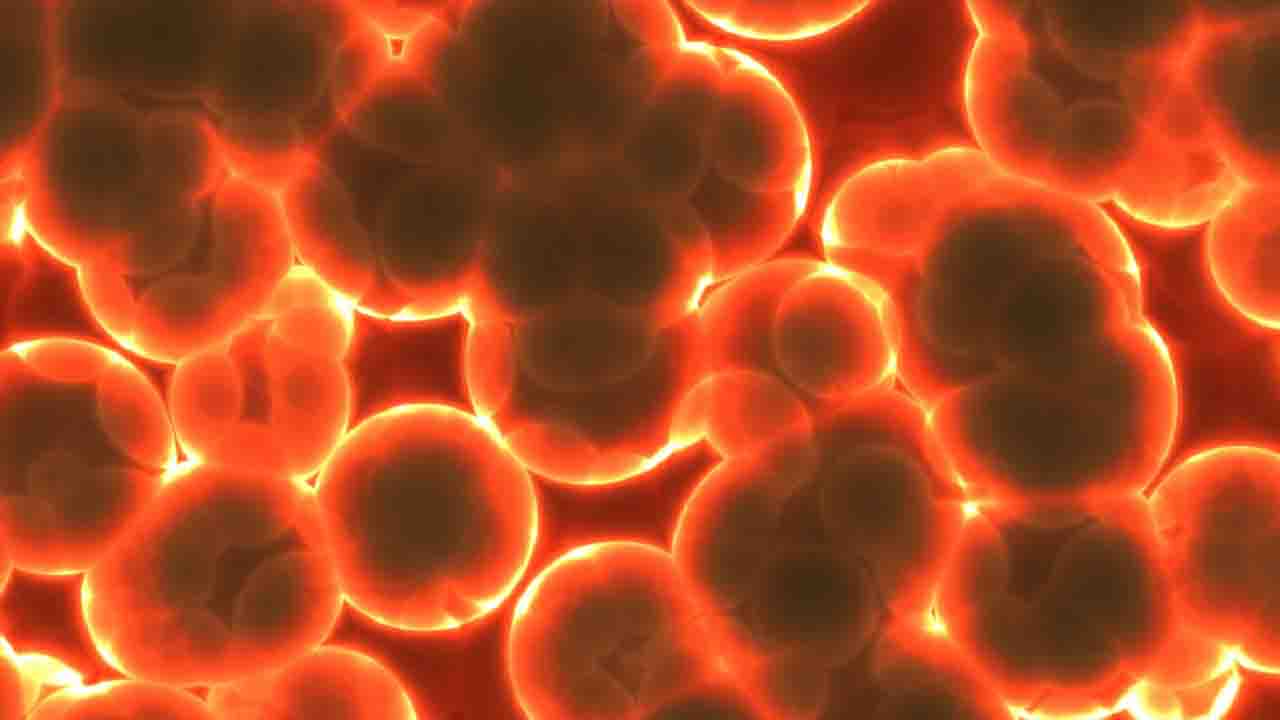Science and technology Canada (Commonwealth Union) – The act of self-sacrifice for the greater good of the community is considered noble among human societies. Many species from mammals to Ave families have seen animals vigorously defend their offspring when confronted with danger even sacrificing their own lives.
Researchers across the world in recent years have noted that bacteria which is a microorganism also shows altruistic properties for the greater good.
New research has further shown the way certain bacteria living in community in a biofilm sacrifice themselves to guarantee the survival of the group.
Biofilms, complex communities of bacteria, exist is large amounts all over, from the surface of cheese, playing a significant role in its flavors and aromas to streams, where they make up slime on rocks. They are also present on our teeth, that can lead to dental plaque.
Living in a biofilm gives bacteria many advantages, like resource sharing, protection from predators, while elevating resistance to the toxicity of antibiotics. But, having the capability to leave the biofilm as atmospheric conditions deteriorate can be beneficial permitting bacteria to move to a more hospitable place.
University of Montreal’s, Yves Brun, who is professor of the Department of Microbiology, Infectiology and Immunology indicated that for the bacterium Caulobacter crescentus, the biofilm transforms similar to a life prison: as the cells are connected to a surface by a strong adhesive formed at one of their ends, they are unable to detach themselves from it, but, when the connected cells divide, their offspring which are the daughter cells get the choice of remaining in the biofilm or getting away.
When it comes to making a decision on remaining or exiting the biofilm the researcher says “We have shown in a previous study that when part of the Caulobacter cells die in a biofilm, they release their DNA, which prevents the daughter cells from establishing themselves in this same biofilm, thus promoting their dispersion far from environments where their fellow human beings die.”
The study team hence had the desire to find out if cell death happens randomly when the quality of the environment is reduced or if it’s a regulated procedure responding to a specific signal.
“We have shown that Caulobacter uses a programmed cell death mechanism which pushes certain cells to sacrifice themselves when the conditions inside the biofilm deteriorate,” explained Cécile Berne, one of Yves Brun’s researchers and the lead author of the study who further stated “Known as the toxin-antitoxin system, this mechanism uses a toxin that targets a vital function for the bacteria and its associated antidote, the antitoxin. Toxin is more stable than antitoxin, and when programmed cell death is initiated, the amount of antitoxin is reduced, resulting in cell death.”
The driving factor of cells in the biofilm to self-sacrifice was a key factor of interest for the researchers, “Using a combination of genetics and microscopy, we noticed that the toxin-antitoxin system is activated when oxygen becomes scarce, as the biofilm enlarges and cells compete for available oxygen,” said Cécile Berne.
The termination of a subset of cells brings about DNA, enhancing the dispersal of their living siblings to a possibly further hospitable atmosphere, preventing overpopulation that may further bring down the environmental quality in the biofilm.
Biofilms can have both a good or bad impact in our everyday life. Some of the good aspects, bacteria residing in biofilms are commonly applied for food production, wastewater treatment and pollution control.
“The negative side, however, is that the biofilm lifestyle is also a strategy employed by pathogenic bacteria to become more resistant to antibiotics. Therefore, understanding the mechanisms that determine the balance between the lifestyle of biofilms and that of bacteria moving away from the biofilm will help develop solutions to address the challenge of antibiotic resistance. This will also help promote the formation of biofilms when we want them and eliminate them when we don’t want them,” added Yves Brun.








